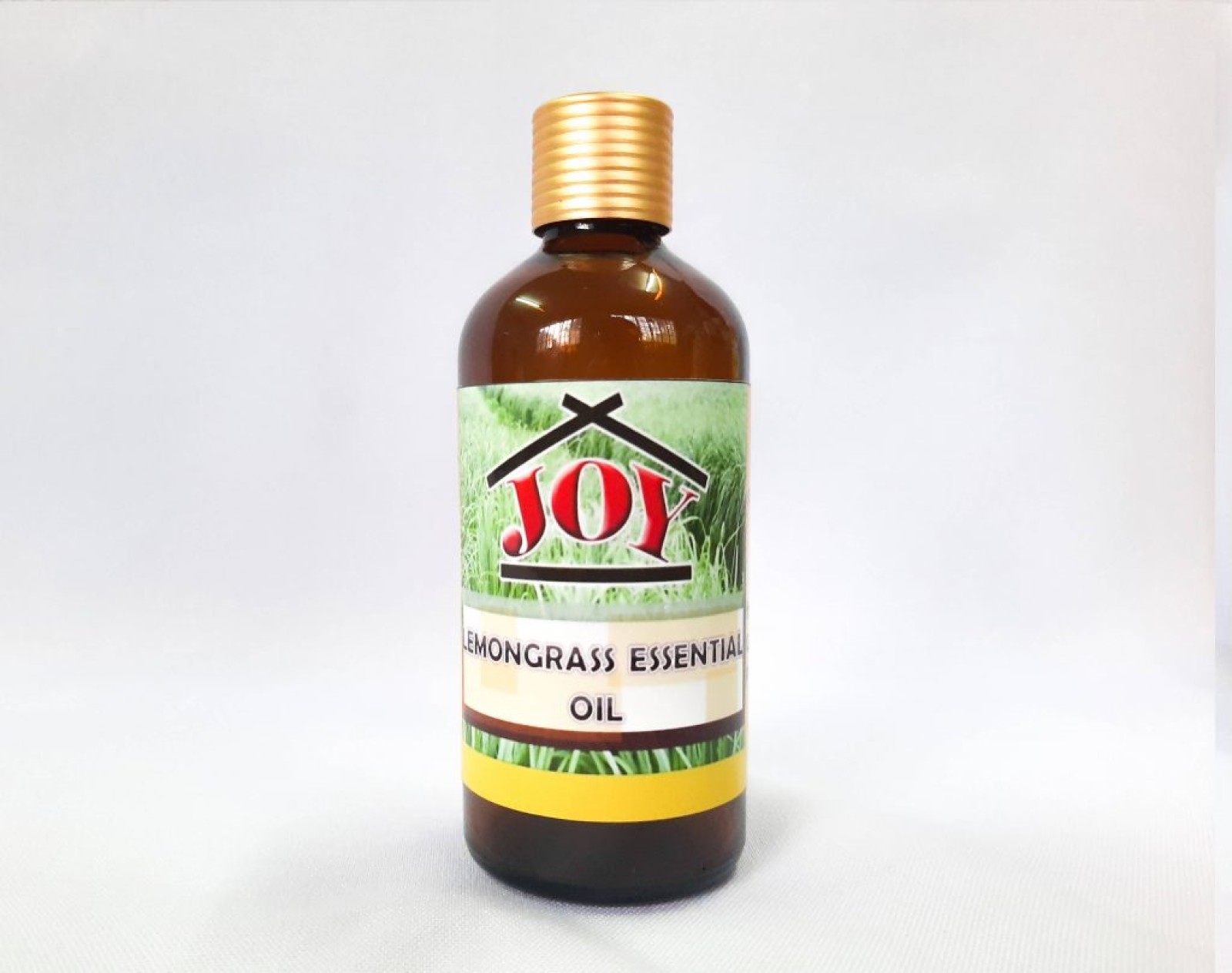How to Make your Brand Stand Out
Being a newbie in any industry is tough, most especially in the cutthroat world of food and bever-ag...

December 06, 2022
The path of Elizabeth Cane and Joy Table Sauce as their road to success was not as straightforward as they had hoped, but definitely not without its triumphs.
The path of an entrepreneur is never straight and smooth. There will be twists and turns along the way, and perhaps some unforeseen obstacles that could test your grit and tenacity. Such was the path of Elizabeth Cane and Joy Table Sauce as their road to success was not as straightforward as they had hoped, but definitely not without its triumphs.
Cane and her husband Roderico went home to Butuan City in Mindanao 23 years ago after having worked in Manila and deciding the city life was not for them. She was a bookkeeper and cashier at a catsup factory. He was an inventor and fabricator. Their combined experience and skill set gave them the confidence to start their own company and decided that they were going to make their own banana catsup. Under their trade name Real Banana Catsup, they started making their own product in 1996 and was a registered company by 1998.
Wanting to expand their product line to other condiments that are complementary to their catsup, the Canes decided they were going to start producing their own soy sauce and vinegar. This was when they hit a small bump. “Of course we had to register the new product to the FDA, and they did not accept our application because our name is specific, which is banana catsup,” Elizabeth explains. “So the FDA suggested that we register a trade name which is more general so it is easier to register every time there are additional products.” Among all the names they submitted, it was Joy Table Sauce, named after their eldest child, which was the one approved by DTI.
The food industry is truly a fickle one, and as more manufacturers started producing banana catsup in Mindanao, the Canes felt that they had to innovate once more. Now, Joy Table Sauce is most well known for their bottled calamansi products but the road there was not a direct one. They started dabbling in lemongrass when they discovered the health benefits of this aromatic Asian ingredient. “We're happy with the benefits of lemongrass and it helped many people,” says Elizabeth. “We then thought that lemongrass would be a good combination with calamansi. That’s why we produced calamansi concentrate and juices. It is a success because natural juices especially calamansi are in demand now because of its natural vitamin C especially during this time of the pandemic.”
Roderico was able to invent and fabricate a machine that extracts juice from 20 kilos of calamansi within 15 to 20 minutes. Elizabeth explains the process that comes after that: “After extraction we remove the pulps then pasteurize together with the sugar. Our calamansi concentrate is naturally produced with no chemical or preservatives added.” These calamansi products are now being sold nationwide and online and have become the backbone of their enterprise.
Aside from the technical learnings that the Canes encountered about having a trade name that allows for product diversity, the most important lesson here is that entrepreneurs should always be open to venture off their predetermined path. Many times one is so focused on a goal that abandoning it is seen as failure. For Joy Table Sauce, it became a blessing.
Check out these food fusions between Filipino and Middle Eastern cuisines
The unending quest for healthy and sustainable food amid changing lifestyles
A quick look at the Philippine food staple often getting a bad health rap